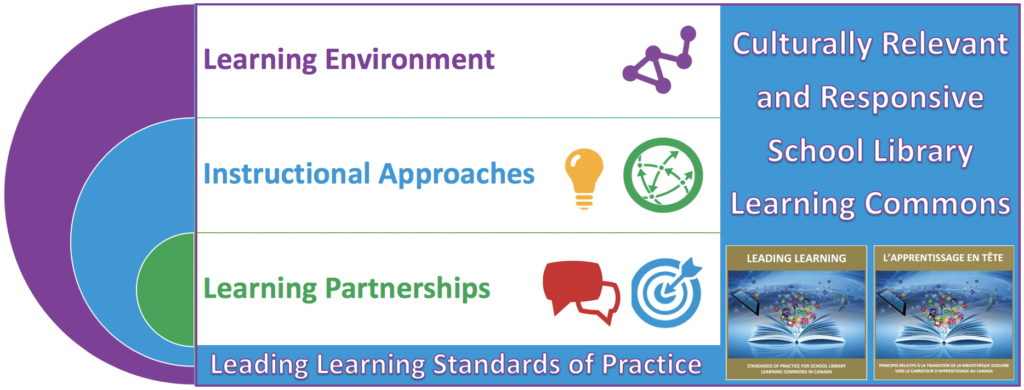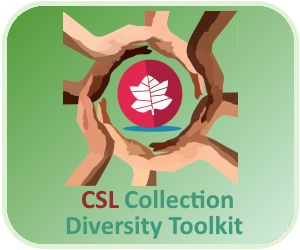 | 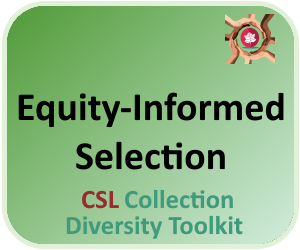 | 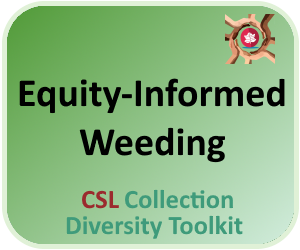 | 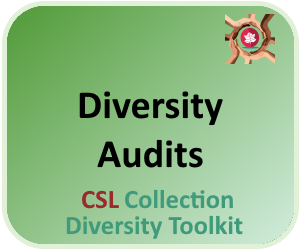 | 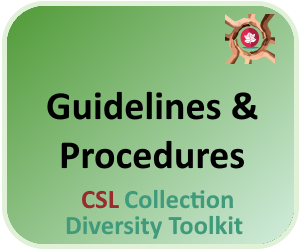 | 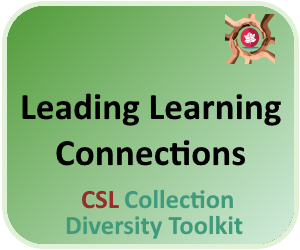 | 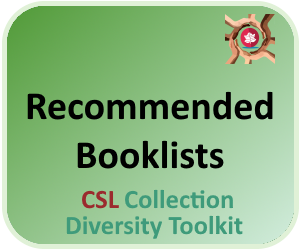 |
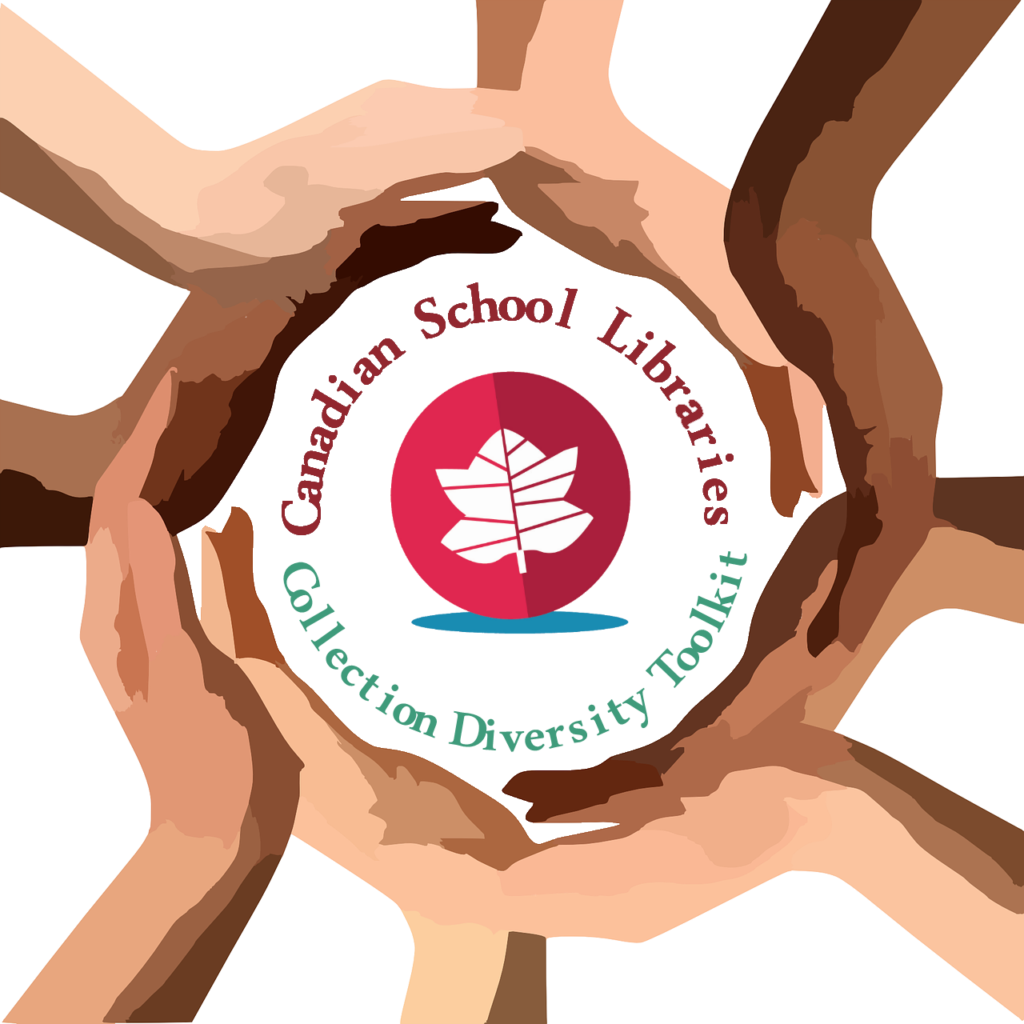
Collection Diversity Toolkit
School libraries are places of wonder. In the library, we get to see new worlds, walk in others’ shoes and experience things we would never otherwise get to experience. Learning in the library is based on inquiry, discovery, and the free exploration of ideas. The library learning commons program fosters creativity and facilitates knowledge creation, and builds communities of learners, within an information-rich environment.
The collection is the foundation of learning in the library. The freedom to explore ideas and pursue interests, and expert instruction to develop deep skills for inquiry and information literacy rely on the foundation of that collection.
The library collection includes the print resources on the shelves, and the large collections of virtual resources accessed through online subscription databases. It includes resources in a wide variety of formats to meet the needs and preferences of all learners; from audiobooks and ebooks to tools for making and ephemera to inspire creativity. The collection also includes expert curations to help learners dig into and make sense of the wide world of resources beyond the library’s physical and virtual walls.
Library professionals have an important role to play and a responsibility in ensuring collections are of the highest quality and represent people authentically. Our collections must be relevant, responsive and current.
Developing Collections Through an Equity Lens
There are things that can help us create a library collection that matters to everyone. It isn’t just about having resources that represent other cultures. When we select resources through an equity lens, we understand that It truly matters who is telling the story and from what perspective they’re writing. It is critical that library collections remain current and responsive to the evolving needs of the learning community. As teacher-librarians and library professionals we have an important role and responsibility to play in ensuring our collections are of the highest quality and represent people authentically.
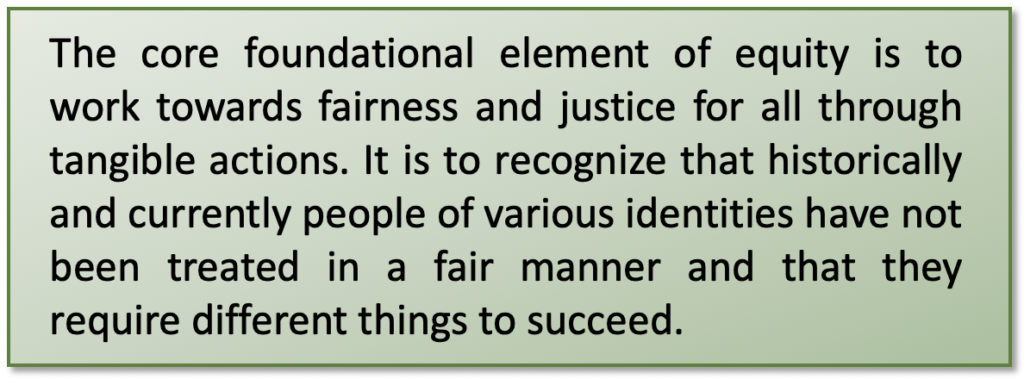
It is important that when we are selecting and de-selecting resources that we use an informed equity lens and framework. Even the most ethical and responsible library professional must acknowledge that our own identities and lived experiences may directly or indirectly influence the choices that we make. How do our own identities inform our work? What might we tend to miss, marginalize, or omit?
A great metaphor for the unseen effects of privilege comes from Dr. Ozlem Sensoy and Robin DiAngelo (2017) who describe privilege as a river. Some fish in the river are swimming with the current and some are swimming against it. It’s hard to notice when you’re in the current as everyone around you is moving at the same speed, but for those outside it the struggle to keep up is real.
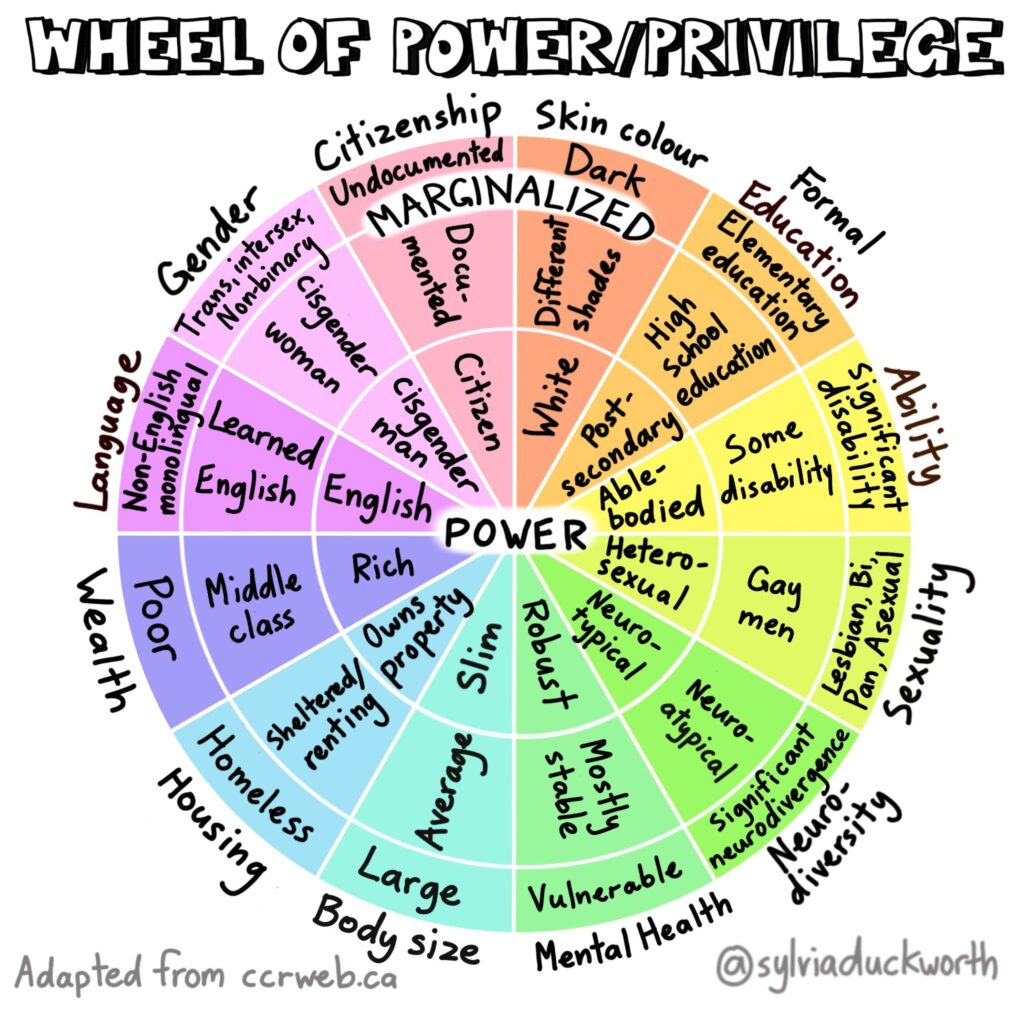
Used with permission.
It is critically important for those without power and privilege to have representation and voice in the school library. Understanding how to create a truly diverse and amazing collection means that our learners will see themselves in what they read, and find pathways to understanding the experiences of others. In the words of S.R. Ranganathan, the ‘father’ of library science, “Every book its reader, and every reader their book”.
Collection development is an ongoing and cyclical process. Imagine the library like a living organism. You need to feed it with new books, and remove those that have become worn out, are no longer relevant, or a poor reflection of current values. The collection is never finished and will always require careful and intentional care to keep it robust and healthy.
The CSL Collection Diversity Toolkit is a companion resource to our resources for developing culturally relevant and responsive school library learning commons.
Components of the CSL Collection Diversity Toolkit
The sections of this toolkit provide guidance and tools for all aspects of developing diverse and culturally-responsive school library collections.
Equity-Informed Selection: Equity-informed selection means selecting a wide range of diverse resources based on sound criteria, including representation of the diversity of Canadian society. This section provides criteria for assessing resources through an equity lens.
Equity-Informed Weeding: Weeding is the continuous cycle of removing resources that no longer meet equity-informed selection principles. Knowledge evolves over time, attitudes shift, societal values evolve, and we begin to see historical events from different perspectives. Explore specific strategies for engaging in ongoing and strategic weeding.
Diversity Audits: A diversity audit is a thorough review or inventory of items in the collection, with the goal of determining exactly how diverse the collection is. Explore strategies and tools to help examine your library collection through an equity lens.
Guidelines and Procedures: An introduction to guidelines for selection of resources, and reconsideration procedures for managing challenges to books and other resources. Well-written guidelines defend universal principles of protecting intellectual freedom, and put collection diversity within the context of the rights and freedoms of all Canadians.
Leading Learning Connections: Developing diverse collections to support teaching and learning is woven throughout Leading Learning: Standards of Practice for School Library Learning Commons in Canada. Use Leading Learning as a framework for setting goals, planning actions, and determining success criteria for equitable and diverse collection development.
Recommended Booklists: Keeping up with the newest and best in children’s literature is always a challenge, but a critical task for all school library professionals. This section connects you to recommended sources for professional and reliable reviews and booklists, and sources for selecting the best resources available.
CSL Collection Diversity Toolkit Team
Lead Writers: Anita Brooks Kirkland, Joseph Jeffery, Carol Koechlin
Contributors: Toni Duval, Rabia Khokhar, Rebeca Rubio, Jonelle St. Aubyn, Judith Sykes
 |  |  |  | ||
 |  |  |

